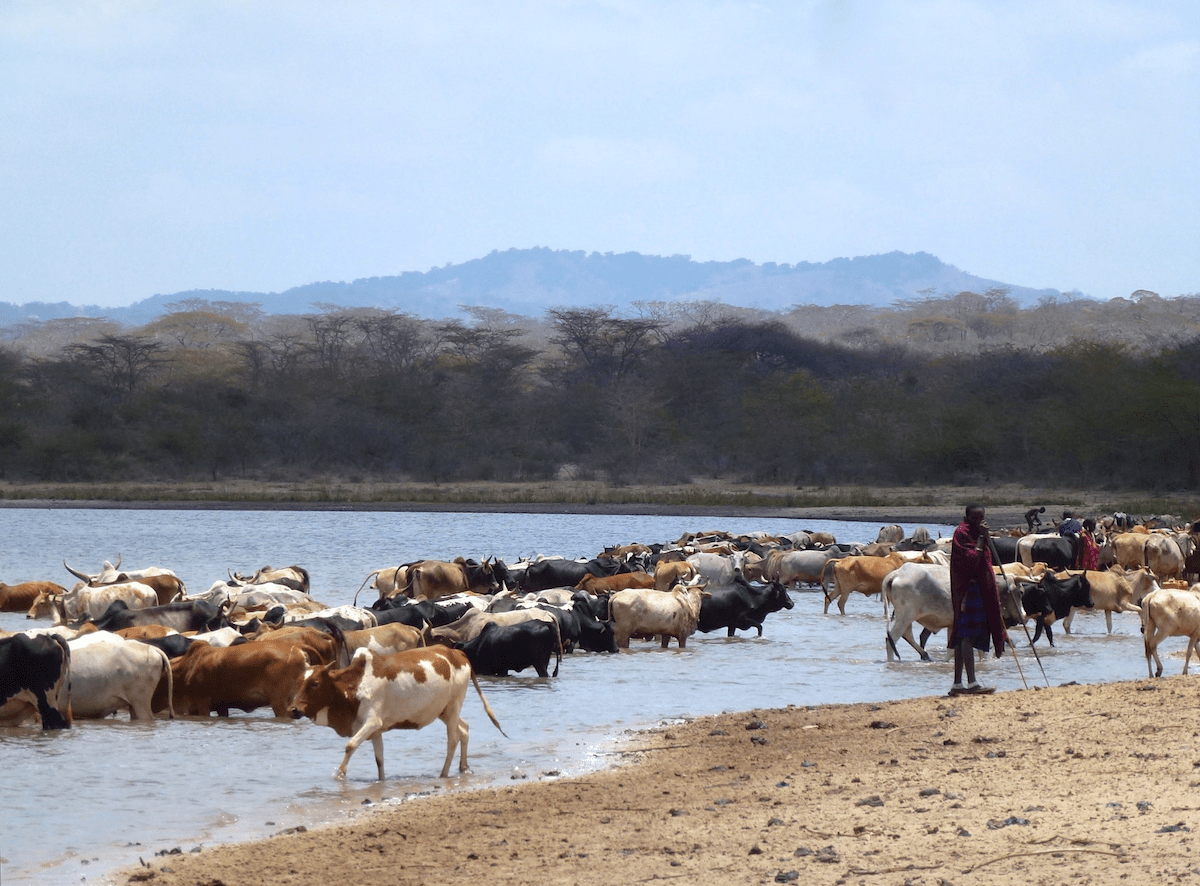Are Africa's dams threatening to hold back efforts to eradicate malaria?
- From
-
Published on
20.08.21
- Impact Area

Although dams are critically important for Africa’s water security and economy, research has also revealed a public health downside to their development. These structures – so vital to addressing the continent’s climate crisis – often provide the perfect breeding conditions for mosquitoes. This potentially undermines the continued progress of malaria eradication efforts, which over the past two decades has brought about a 40% decline in transmission rates across sub-Saharan Africa.
The scale of the risk that dams pose is laid out in an article recently published in Nature. While previous research has mostly been confined to large dams (defined as being at least 15 meters high, with a water storage capacity of at least 3 million cubic meters), the new study also considered the impacts of more prevalent small dams (typically less than 15 meters in height, with a storage capacity below 3 million cubic meters). This is the first study to examine the aggregate impact of small dams on malaria transmission relative to larger dams.
Photo Credit: Fiona Flintan/ILRI
Related news
-

Australia partners with International Livestock Research Institute to upskill researchers from Africa and Asia
International Livestock Research Institute (ILRI)13.11.25-
Food security
-
Poverty reduction, livelihoods & jobs
Australia has joined forces with the International Livestock Research Institute (ILRI) to support th…
Read more -
-

A decade of academic and research partnership advances One Health in Vietnam
International Livestock Research Institute (ILRI)13.11.25-
Health
In northern Vietnam, Thai Nguyen province has become one of the most active hubs for…
Read more -
-

Next-gen rice lines top check varieties at 7.5 t/ha in ESA
International Rice Research Institute (IRRI)11.11.25-
Food security
MOROGORO, Tanzania (8 October 2025) — Elite rice lines are outperforming the current popular varie…
Read more -
